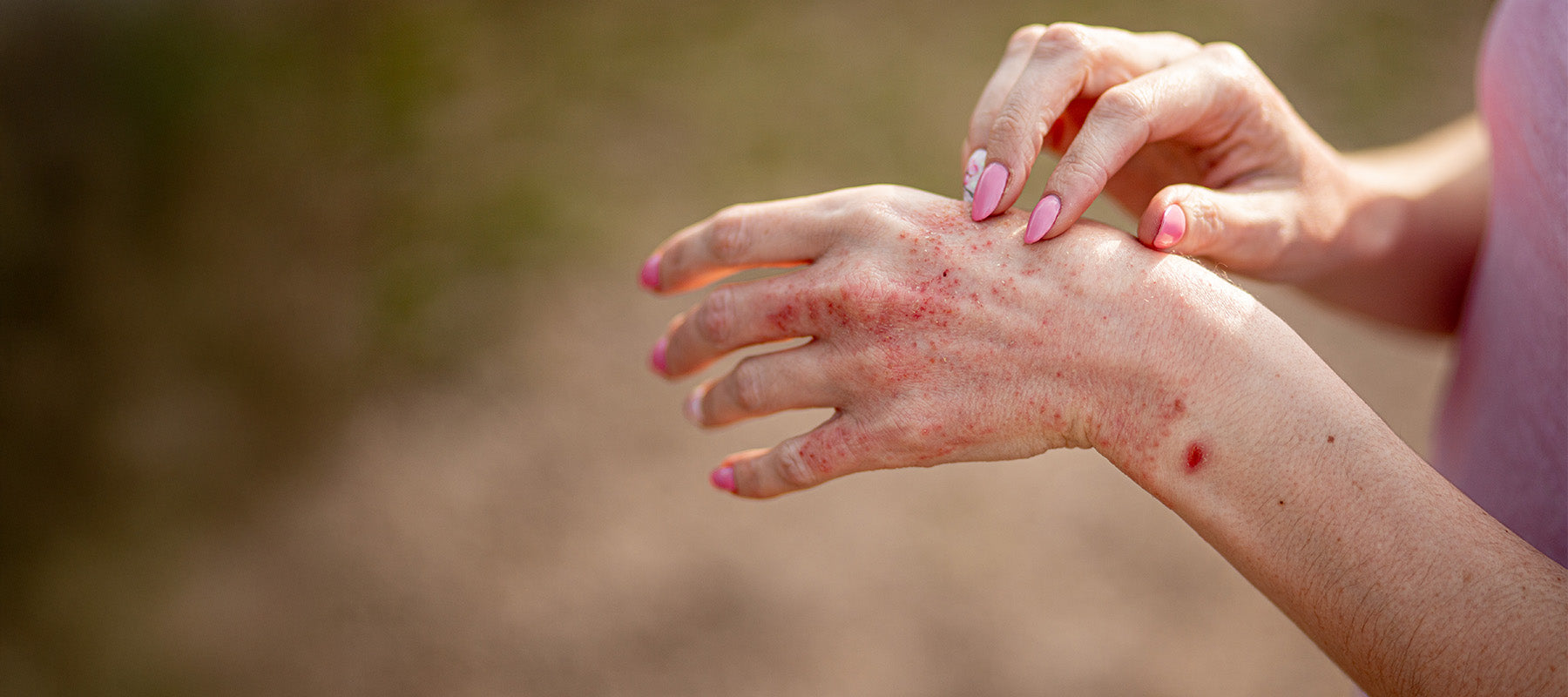Why Chronic Skin Conditions Happen?
Skin conditions like eczema, psoriasis, and urticaria may look different on the surface, but underneath, they share the same biological story.
They aren’t “just skin problems.” They’re signals from within; the body’s way of saying something deeper is off balance.

